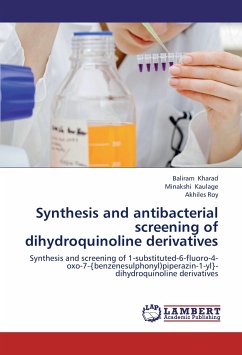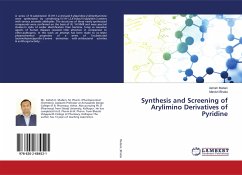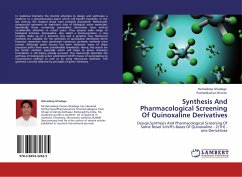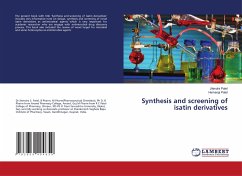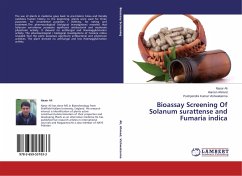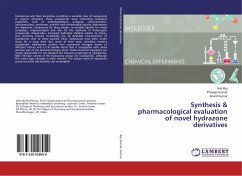Fluoroquinolones are the compounds of profound interest because of their broad antibacterial spectrum against gram positive and gram negative bacteria and their in-vivo chemotherapeutic efficacy. To date many quinolones antibacterial agents have been introduced into clinical use and significant improvement in antibacterial spectrum and activity has been achieved. A number of these compounds are today's blockbusters of the antibacterial market due to their therapeutic efficacy having tolerable side-effects and thus, challenging the predominance of well- established -lactam antibiotics which are becoming more prone to the resistant pathogenic bacteria. This manuscript describes developments of the chemical and biological aspects of fluoroquinolones touching upon their antibacterial properties based on the SAR while pointing out to their mode of action. This provides an insight into a variety of approaches resulting in elegant manipulations of their basic skeleton and some breakthroughs in the synthetic strategies of a few widely- used drugs and these have immensely helped in accelerating their market growth as well as continuing research for newer fluoroquinolones.
Bitte wählen Sie Ihr Anliegen aus.
Rechnungen
Retourenschein anfordern
Bestellstatus
Storno

